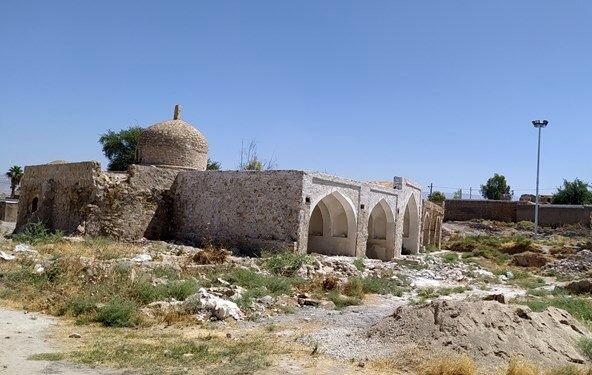Centuries-old mosque in southwestern Iran restored to former glory

TEHRAN – A team of cultural heritage experts and restorers has given new life to a ruined mosque, which is located in the ancient city of Belad Shapur in Kohgiluyeh and Boyer-Ahmad province, southwestern Iran.
“The Safavid-era (1501-1736) mosque, which was abandoned, was restored to its former glory after years of neglect and poor maintenance and is now in use,” the provincial tourism chief said on Monday.
A budget of five billion rials ($119,000 at the official exchange rate of 42,000 rials per dollar) was allocated to the restoration project of Abuzar Ghafari Mosque, the official added.
Despite all the destruction that took place in this historical city in different eras, with an area of more than 45 hectares, it is currently considered as one of the largest historical structures in the country in terms of size and number of historical buildings.
Inscribed on the National Heritage list in 1985, Belad Shapur is one of the top tourist sites in the province.
The city was built at the time of Shapur I, also known as Shapur the Great, (reigned 241 CE–272), the second king of the Sassanid Dynasty. Under his leadership, the empire stretched from Sogdiana and Iberia (Georgia) in the north to the Mazun region of Arabia in the south; in the east, it extended to the Indus River and in the west to the upper Tigris and Euphrates river valleys.
Kohgiluyeh and Boyer-Ahmad is well-known for its ancient nomads and their traditions. Sightseers may live with a nomadic or rural family for a while or enjoy an independent stay and assist them with day-to-day life. It also opens up an opportunity to feel rustic routines, their agriculture, traditions, arts, and culture.
ABU/AFM
Leave a Comment